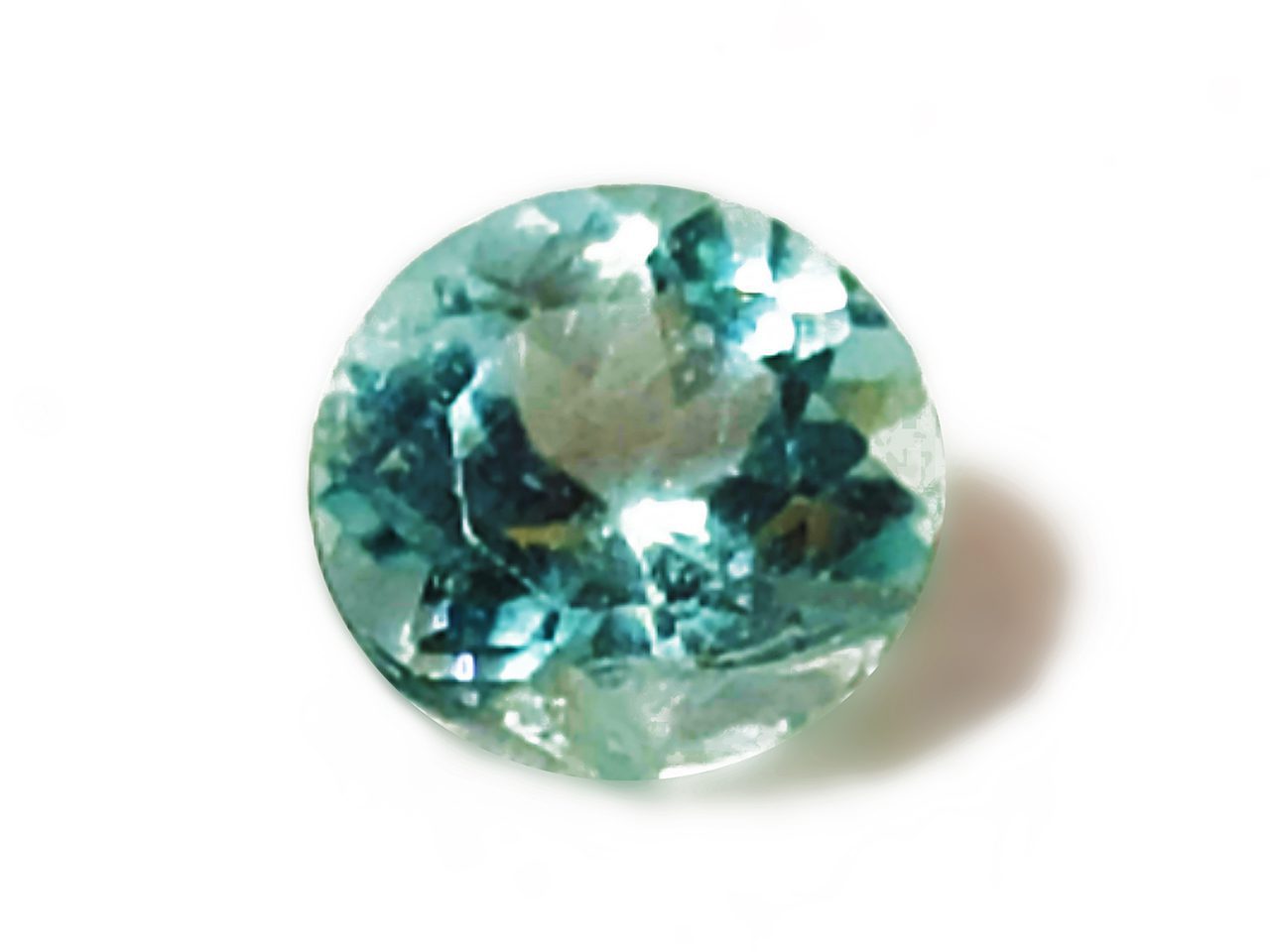Aquamarine Durability
Aquamarines are fairly tough jewelry stones, but they do have some weaknesses. Learn about aquamarine durability and what precautions you should take.
2 Minute Read
Answer: Aquamarines are relatively tough gems. Nevertheless, this popular jewelry stone does have some vulnerabilities. Let's take a look at aquamarine durability and the potential problems that jewelers, faceters, and consumers should bear in mind.
Aquamarine Hardness
Aquamarines have a hardness value of 7.5 to 8 on the Mohs scale. That means these gems have excellent resistance to scratches and abrasions. They can't be scratched by anything with a lower hardness. Since household dust only has a hardness of 7, it can't damage aquamarines. This makes them good choices for daily wear jewelry, like engagement rings. Aquamarine's relatively high hardness also means it can retain a good polish for a long time.
Interested in this topic?
This article is also a part of our Aquamarine Specialist Mini Course, in the unit Identification of Aquamarine.
Aquamarine Toughness and Cut Styles
Hardness isn't the only measure of aquamarine durability. Aquamarines also have imperfect cleavage. That means if they're struck along an internal cleavage plane they could split in two. Like most gems, aquamarines have "Brittle" tenacity. That means they're prone to breaking or chipping if struck.
Despite these vulnerabilities, aquamarines still have "Good" toughness. However, some precautions are in order when cutting and setting these gems. Since the corners of gems are most vulnerable to breakage, faceters frequently select round, oval, or cut-cornered styles (like an emerald cut) for aquamarines. Cut aquamarines with corners or thin girdles should have protective settings in jewelry.
Aquamarine Durability and Gemstone Maintenance
Aquamarines have fair resistance to heat. Steam jewelry cleaners that operate below 700° F (371° C) usually won't harm these gems, as long as they don't have liquid inclusions or internal fractures. These might expand during heating and crack the gemstone.
Exposing aquamarines to temperatures of 700-850° F (371-454° C) may cause other problems, even if the stones don't shatter. These temperatures may cause aquamarines to change color. Higher temperatures, such as those created by a jeweler's torch, may result in discoloration. Before repairing metal jewelry, jewelers should remove any aquamarines from their settings as a precaution.
Aquamarines can handle many chemicals used for cleaning, from soapy water to moderately strong acids. However, hydrofluoric acid, found in home rust removers and strong cleaners, can damage them.
Ultrasonic jewelry cleaners, including their solution baths, are usually safe for aquamarines, but the vibrations generated by the device could damage stones with liquid inclusions or fractures.
If you don't know if your aquamarines have any such inclusions, clean them with a soft brush, mild detergent, and warm water. Consult our gemstone jewelry care guide for more recommendations.
Aquamarines and Light Exposure
Both mined and lab-created aquamarines are stable under all light sources, including sunlight, artificial indoor lighting, and ultraviolet, even for prolonged periods. However, so-called Maxixe aquamarines (irradiated blue beryls) will fade over time when exposed to light.
International Gem Society
Related Articles
Aquamarine Value, Price, and Jewelry Information
Six Famous Aquamarines
Precision Faceting a Story Gemstone: Gem Design
How Do Aquamarines Form?
Latest Articles
800 Years of Mogok: A Celebration in Tenuous Times
What is the Average Gemstone Faceting Yield?
Pyroxmangite Value, Price, and Jewelry Information
How to Identify Emerald Simulants and Synthetics
Never Stop Learning
When you join the IGS community, you get trusted diamond & gemstone information when you need it.
Get Gemology Insights
Get started with the International Gem Society’s free guide to gemstone identification. Join our weekly newsletter & get a free copy of the Gem ID Checklist!
